| News |
-
Published on
Biofortified rice to combat deficiencies
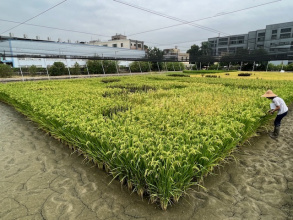
-
Published on
The genesis of our cellular skeleton, image by image
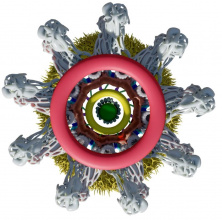
-
Published on
Vincent Louvel and Marine Maupérin in the final of MT180 UNIGE on 11.04.2024

-
Published on
Reducing the side effects of breast and ovarian cancer treatment
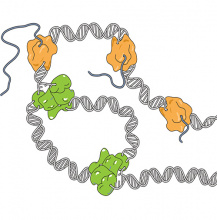
-
Published on
Emmanuel Levy joins the Molecular and Cell Biology Department
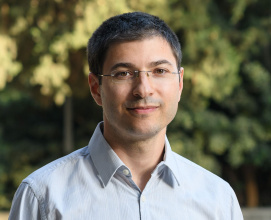
-
Published on
Hope for the treatment of retinitis pigmentosa
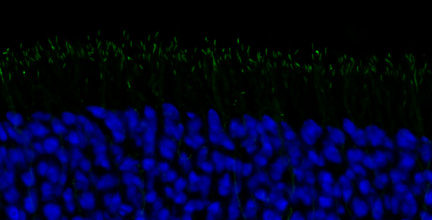
-
Published on
New: opening of a microbiology orientation in the Master's degree in biology
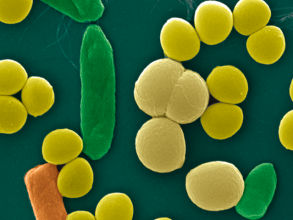
-
Published on
On the role of the TFEC transcription factor in reptilian coloration
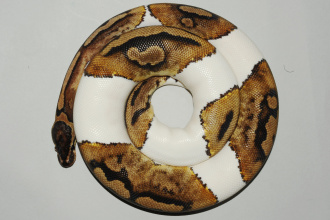
-
Published on
UNIGE Bachelors Day 06.03.2024

-
Published on
Innovative materials to combat bacteria
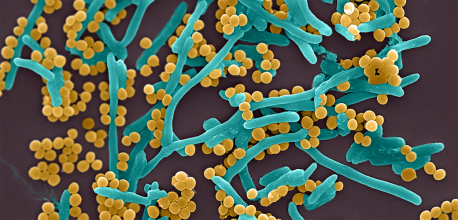
-
Published on
Yamama Naciri appointed Adjunct Professor
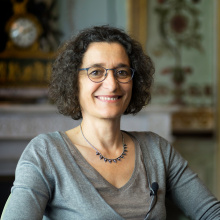
-
Published on
PhD Booster 2024: apply by March 18!

-
Published on
Master meet up 20.02.2024
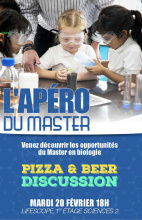
-
Published on
Apply for the Master of Excellence scholarship before 28.02.2024

-
Published on
Symposium on Nutrition and Metabolism - Feb 13, 2024

